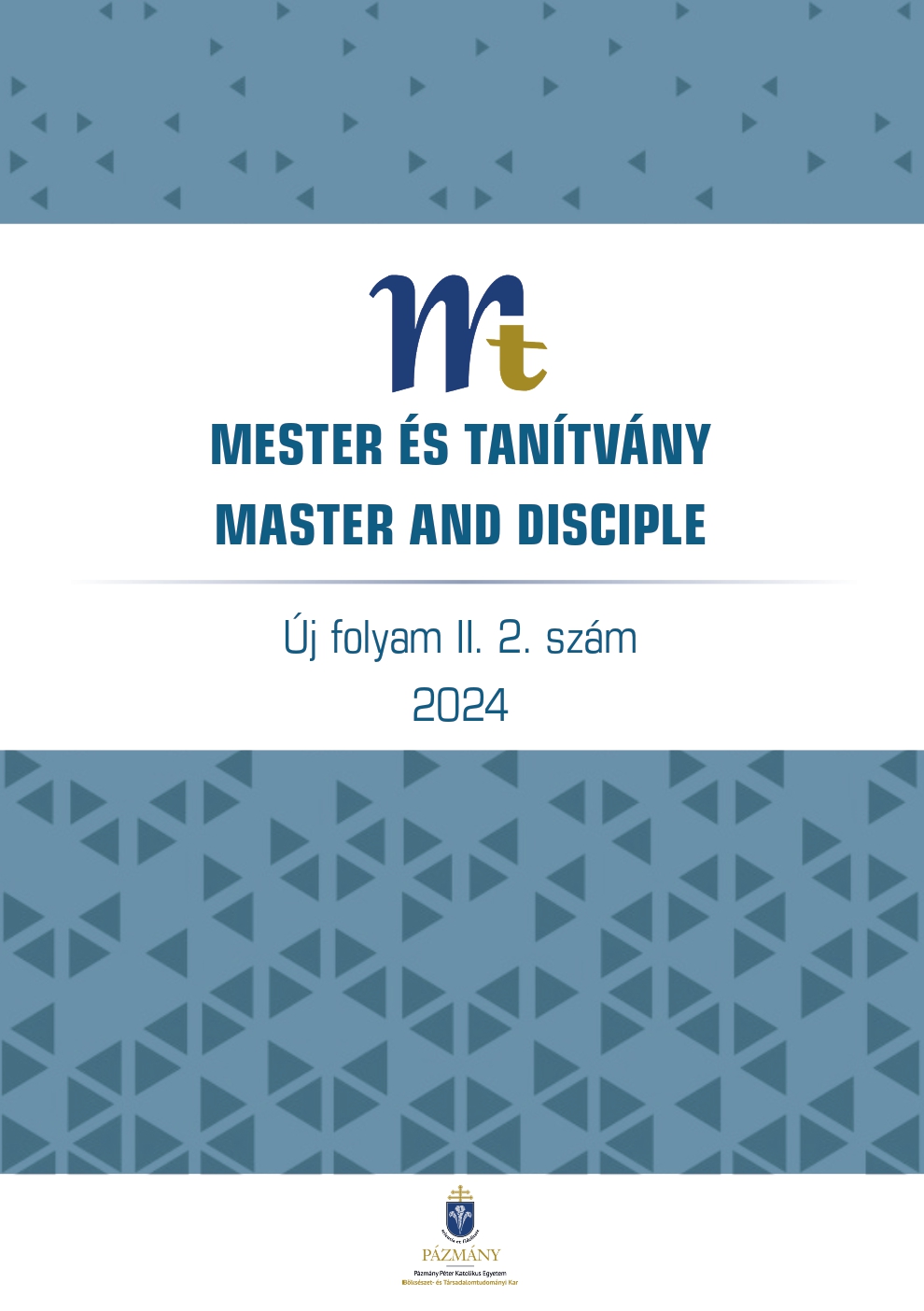Published 07-01-2025
Keywords
- inklúzió, inkluzív gyermekirodalom, képeskönyv, könyvválasztás, szemléletformálás, fogyatékosság
Copyright (c) 2024 Hosszu Timea

This work is licensed under a Creative Commons Attribution 4.0 International License.
Abstract
Managing the phenomenon of disability in schools primarily requires the willingness and awareness of teachers and, at the same time, their attitude towards the majority of pupils. Spontaneous interactions between pupils, positive attitudes and pupils’ attitudes towards people with disabilities are formed through direct and indirect experiences. Inclusive education provides opportunities for learners to have direct experiences, while literature can play an important role in indirect experiences. Picture books can be considered a primary source of awareness-raising tools, as they reflect everyday life, expand children's knowledge, offer them new narrative experiences of disability and help them develop relevant vocabulary. There is a growing number of children’s books featuring disabled characters, which can be used in inclusive education to promote acceptance of mainstream children. Children’s literature researchers agree that the quality of a book is evaluated by its text and illustrations. Teachers’ tasks include determining the purpose for which a book is to be used and, in addition to evaluating the portrayal of a particular disabled character, making a conscious choice of book. The selection of good quality picture books should be made with educational and pedagogical objectives in mind. In our study, we look at aspects of the use of picture books in inclusive classrooms. We present a selection of messages in inclusive children’s literature, the impact of the synergy of text and image on the reader, and two criteria for the selection of books that can help teachers to find the picture book that best meets their pedagogical goals.


